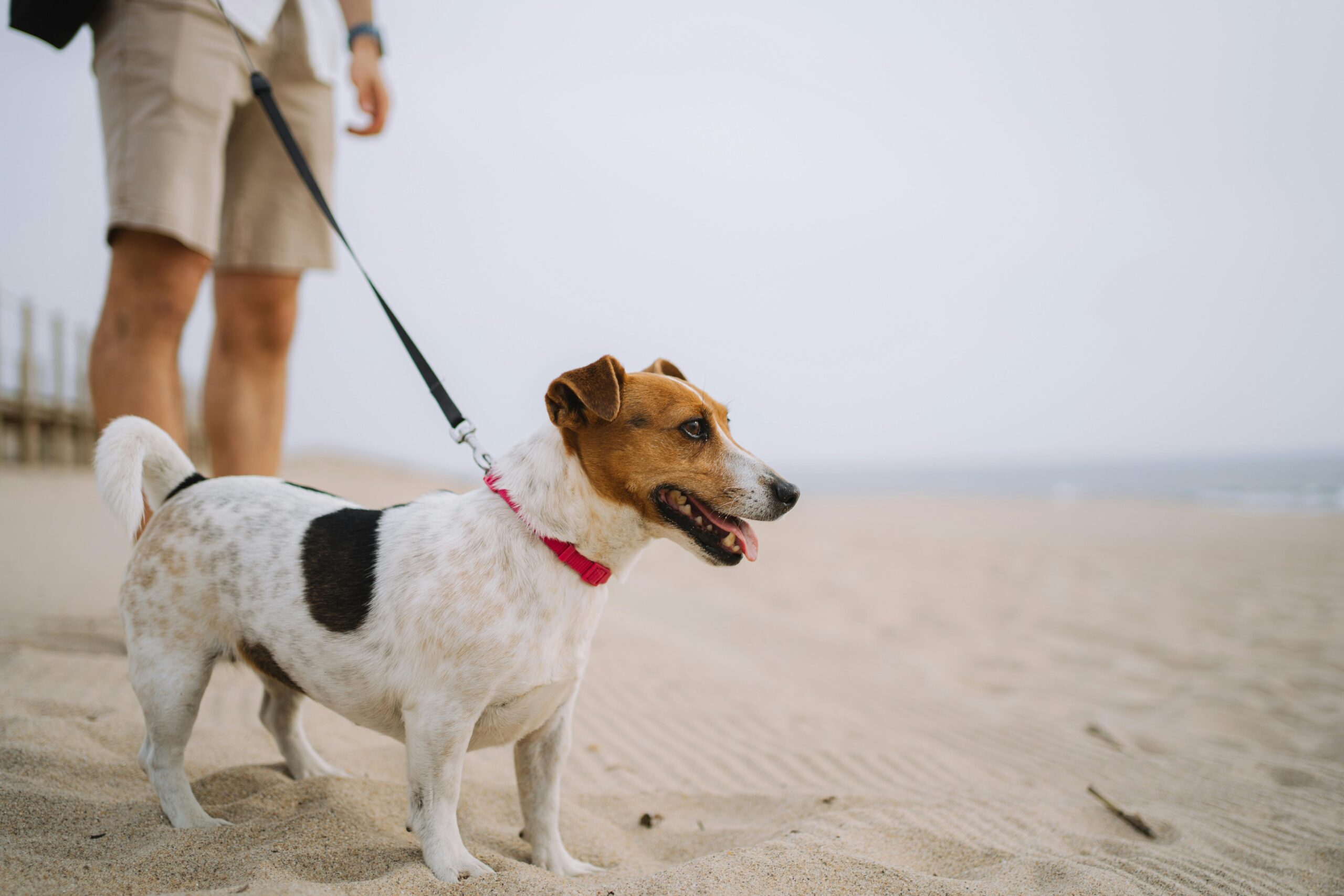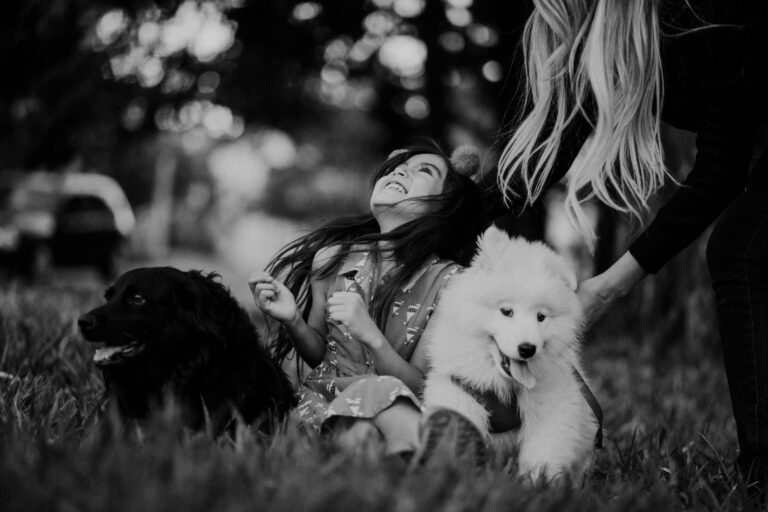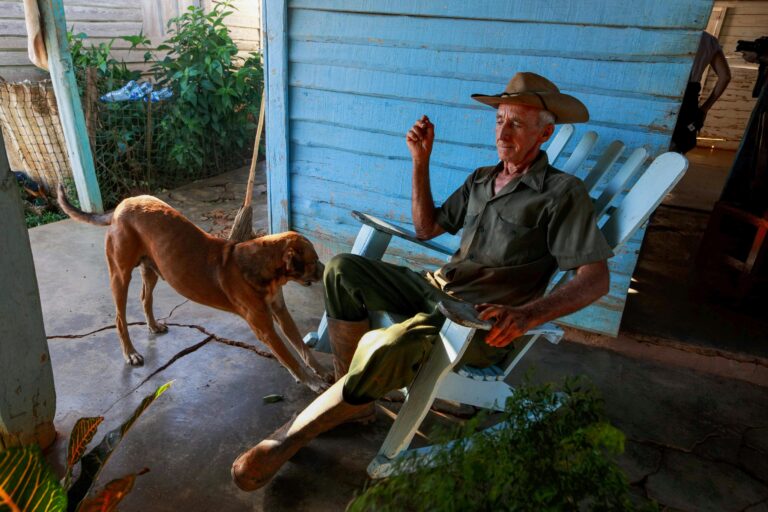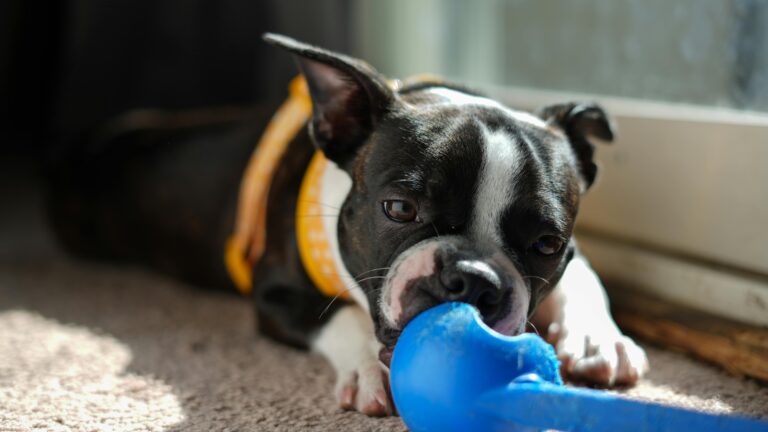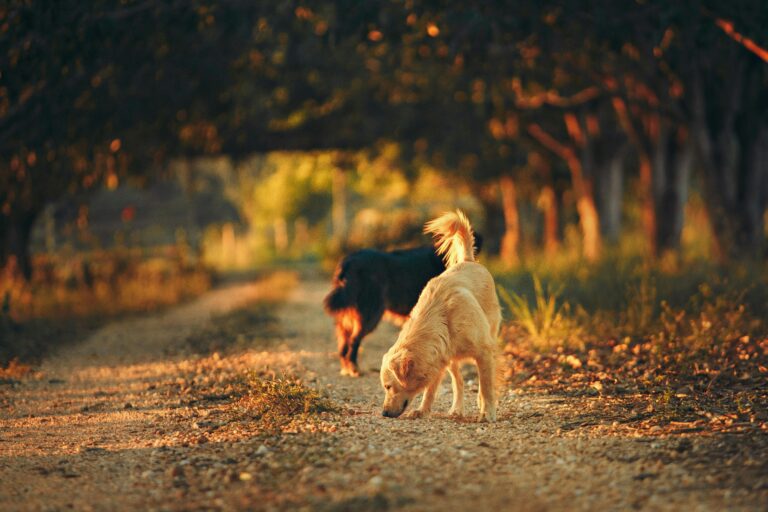Leash Reactivity: Powerful Causes, Fixes, & Myths Explained
Leash reactivity is one of the most common frustrations dog owners face. You’re out for a walk, enjoying the fresh air, when suddenly your calm companion lunges, barks, or growls at another dog or person. It’s stressful, embarrassing, and can even feel dangerous.
The good news is that leash reactivity is not a life sentence. With the right training, structure, and understanding, your dog can learn to stay calm and focused on you instead of reacting to the environment.
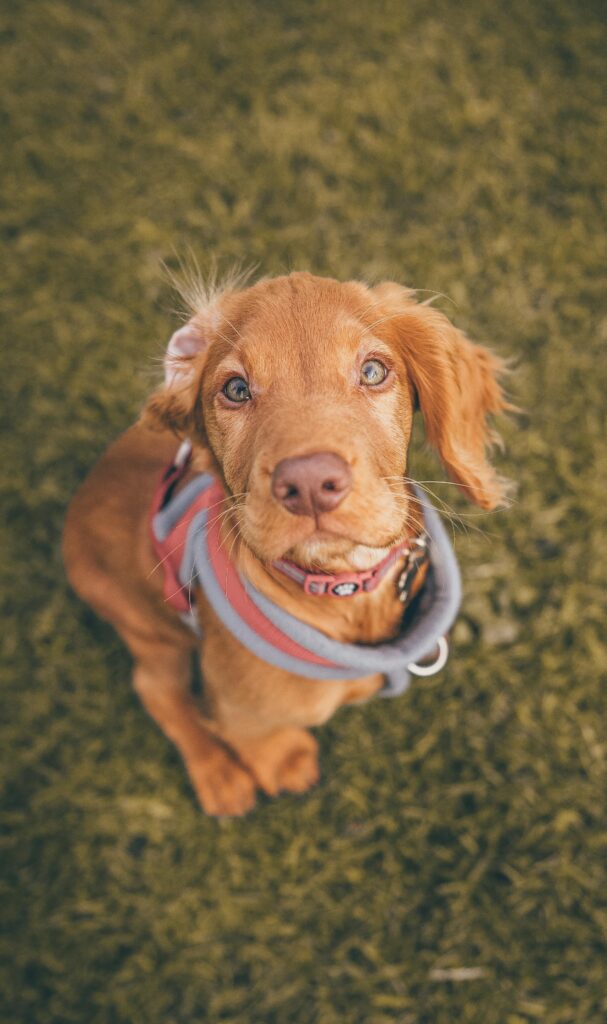
What Exactly Is Leash Reactivity?
Leash reactivity happens when a dog displays over-the-top behaviors while restrained on a leash. These behaviors often include:
- Lunging or pulling
- Barking or growling
- Whining or spinning
- Hyper-focusing on another dog, person, or object
Reactivity is not the same as aggression. Many reactive dogs are simply frustrated, excited, or anxious. The leash restriction prevents them from reacting in a natural way, leading to an explosion of energy.
Common Causes of Leash Reactivity
Understanding the “why” behind the behavior is the first step to solving it. Common triggers include:
- Frustration: The dog wants to greet or play but can’t.
- Fear or Anxiety: The dog feels trapped and resorts to big displays.
- Lack of Socialization: Dogs who haven’t experienced enough controlled exposure may not know how to cope.
- Inconsistent Training: If pulling has been allowed in the past, your dog may believe tension is normal.
Sometimes reactivity develops gradually. For example, a puppy who was allowed to drag on the leash may grow into an adolescent dog that lunges at every distraction.
Myths About Leash Reactivity
Let’s clear up some common misconceptions:
- Myth 1: My dog is aggressive.
Not necessarily. Many reactive dogs are friendly off-leash but appear “aggressive” when restrained. - Myth 2: A harness will solve the problem.
While equipment matters, true change comes from training, not tools alone. - Myth 3: My dog will grow out of it.
Reactivity usually gets worse without intervention, not better. - Myth 4: Avoiding triggers fixes the issue.
Avoidance may reduce short-term stress, but it doesn’t teach your dog how to respond calmly when triggers appear.
Fixes That Work
Leash reactivity requires a combination of obedience, structure, and desensitization. Here are proven strategies we use at Off Leash K9 Training Pittsburgh:
- Teach Engagement: Reward your dog for checking in with you instead of focusing on distractions.
- Master Basic Commands: Sit, Heel, and Place create control in high-stress moments.
- Use Distance to Build Confidence: Start far away from triggers and gradually close the gap as your dog learns to remain calm.
- Stay Calm and Consistent: Dogs feed off your energy. Nervous or frustrated owners often make reactivity worse.
- Work in Short Bursts: Keep training sessions manageable to avoid overwhelming your dog.
For extra help on managing excitement, our blog on How to Stop Your Dog From Jumping on People offers tips that also apply to dogs who struggle with self-control on leash.
The Role of Professional Training
Reactivity can be overwhelming to handle on your own. That’s why professional guidance makes such a difference. Our Basic & Advanced Obedience Program is designed to address leash manners, impulse control, and reactivity in real-world environments.
We work with dogs directly in Pittsburgh’s busy parks, sidewalks, and neighborhoods, ensuring they learn to listen no matter the distraction.
Additional Resources
If you’d like to explore the topic further, the AKC offers insight into reactivity versus aggression to help owners understand the difference and take appropriate action.
Final Thoughts
Leash reactivity is frustrating, but it’s not permanent. By identifying the cause, busting common myths, and committing to consistent training, you can teach your dog to walk calmly and confidently by your side.
Don’t let leash reactivity hold you back. Contact us through our contact page today to get a personalized plan for your dog’s training needs.

